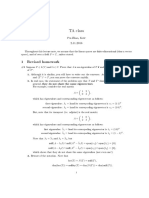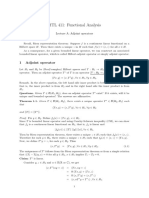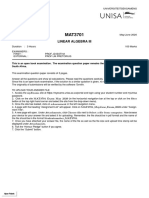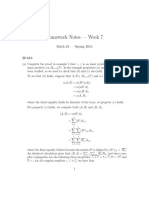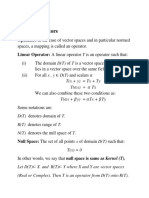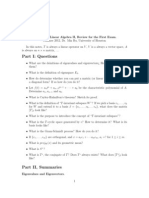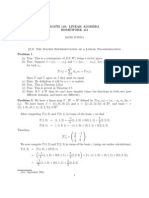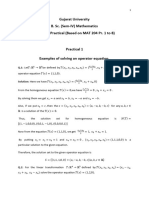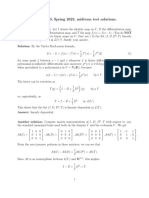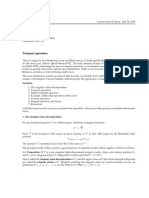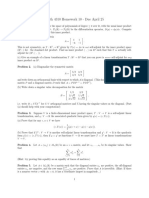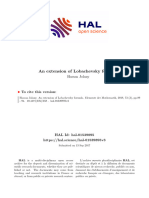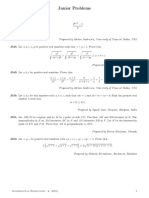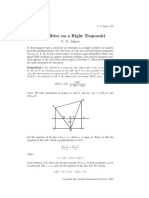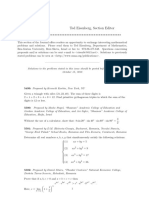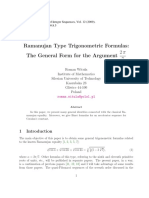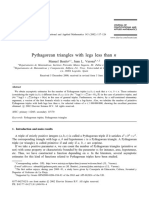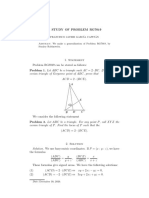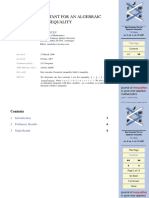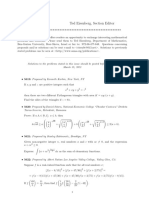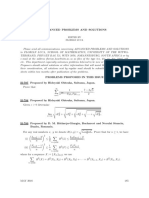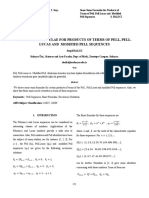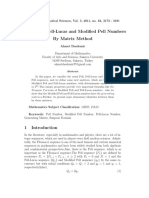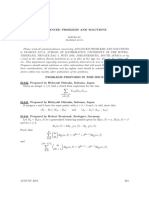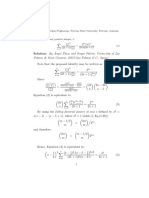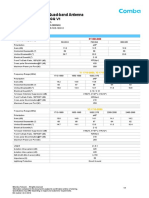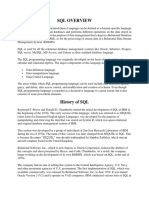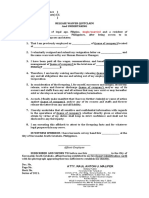0% found this document useful (0 votes)
116 views7 pagesSolution 10
This document contains solutions to homework problems from a linear algebra course.
In problem 3(b), the student evaluates the adjoint of a linear operator T on the complex inner product space C2 at a given vector x. They find that the adjoint T* maps x to (5 + i, -1 - 3i).
In problem 3(c), the student considers a linear operator T on the inner product space P1(R) of polynomials of degree less than or equal to 1. They find that the adjoint T* maps the polynomial 4 - 2t to the polynomial 12 + 6t.
In later problems, the student proves various properties about linear operators and their adjoints, such as U
Uploaded by
PerepePereCopyright
© © All Rights Reserved
We take content rights seriously. If you suspect this is your content, claim it here.
Available Formats
Download as PDF, TXT or read online on Scribd
0% found this document useful (0 votes)
116 views7 pagesSolution 10
This document contains solutions to homework problems from a linear algebra course.
In problem 3(b), the student evaluates the adjoint of a linear operator T on the complex inner product space C2 at a given vector x. They find that the adjoint T* maps x to (5 + i, -1 - 3i).
In problem 3(c), the student considers a linear operator T on the inner product space P1(R) of polynomials of degree less than or equal to 1. They find that the adjoint T* maps the polynomial 4 - 2t to the polynomial 12 + 6t.
In later problems, the student proves various properties about linear operators and their adjoints, such as U
Uploaded by
PerepePereCopyright
© © All Rights Reserved
We take content rights seriously. If you suspect this is your content, claim it here.
Available Formats
Download as PDF, TXT or read online on Scribd
/ 7

